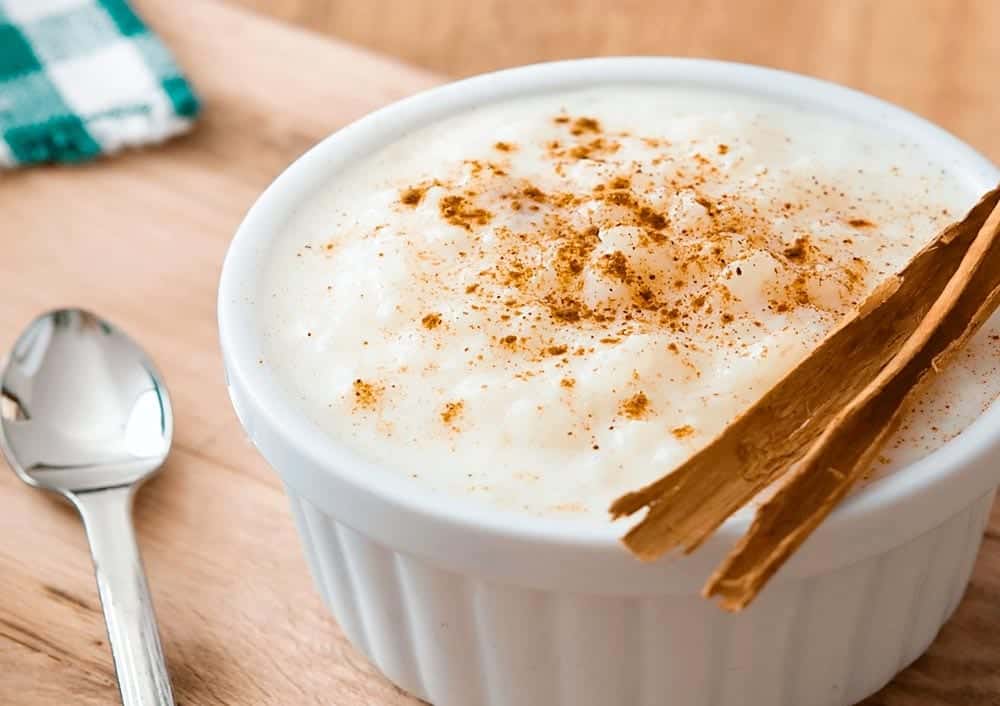Hominy is the traditional dish of the June festival, but it came from other countries and is also used in other forms of religious rituals.
At the traditional June festivals throughout Brazil, it is possible to find various traditional foods, such as pé de moleque, pamonha, quentão and the like. They are all irresistible, but no one can beat the most desired dish among São João party-goers: hominy.
Despite being much loved in many parts of the country, this typical dish is not of Brazilian origin, but rather a cultural heritage that initially comes from Africa. The spice was widely consumed by slaves, as it was cheaper and easier to make.
Corn is an ingredient widely used in the production of various dishes from the long tradition of Brazilian cuisine. Many countries use the delicacy in their recipes, raising doubts about the origin of hominy.
However, one thing is a fact: the flavor of corn is unquestionable and the month of June is perfect to try a typically Brazilian hominy, with African origins.
Origin of hominy
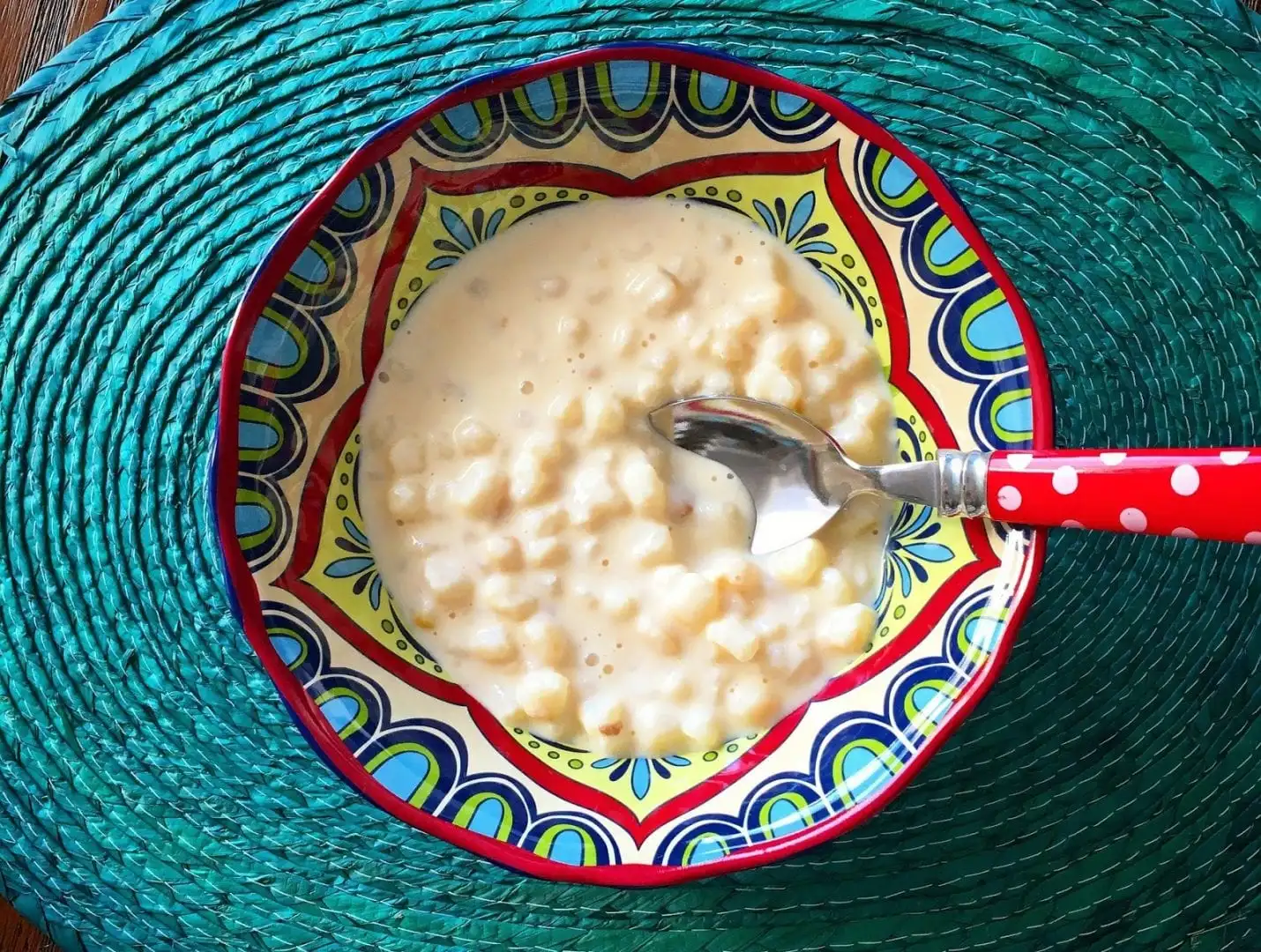
In short, there are several stories related to the emergence of hominy. The only decisive factor in this case, therefore, is that we are not talking about food invented in Brazil.
However, despite coming from another country, the recipe is a fundamental part of one of the most traditional Brazilian festivals, the Festa Junina, as we have already mentioned. Corn, especially during the São João festivals (as the June festivals are also called), are the basis of production in the country. In 2017, therefore, we reached a record of 97 million tons of this cereal.
Based on the etymology of the word “canjica”, we have, in principle, 3 possible derivations coming from the Tupinambás, India and Kimbundu, a language spoken in Africa, in the Angola region. These three places have culinary customs inspired by “papa” made from corn.
India
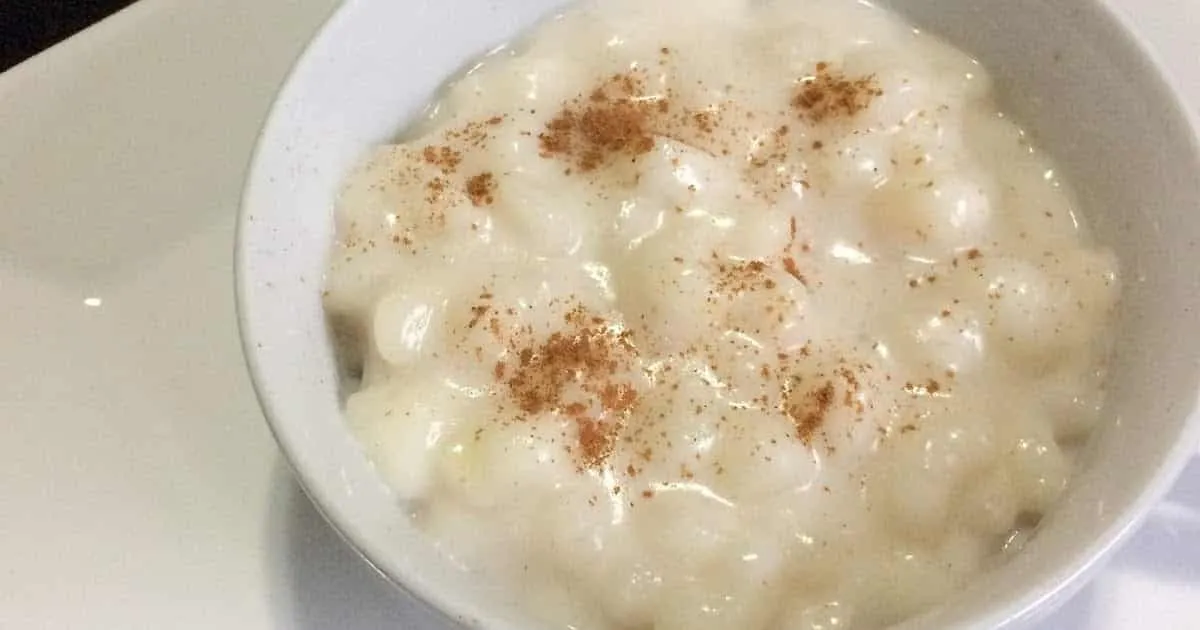
In Malabar, Asia, southwest of the Indian subcontinent, the term used is “Kanji”, which therefore means “rice with water”. This dish is, above all, traditionally consumed in the month of Ramadan, during the evenings.
Finally, rumors are that hominy came from this preparation principle, used in the Asian region.
Tupinambás
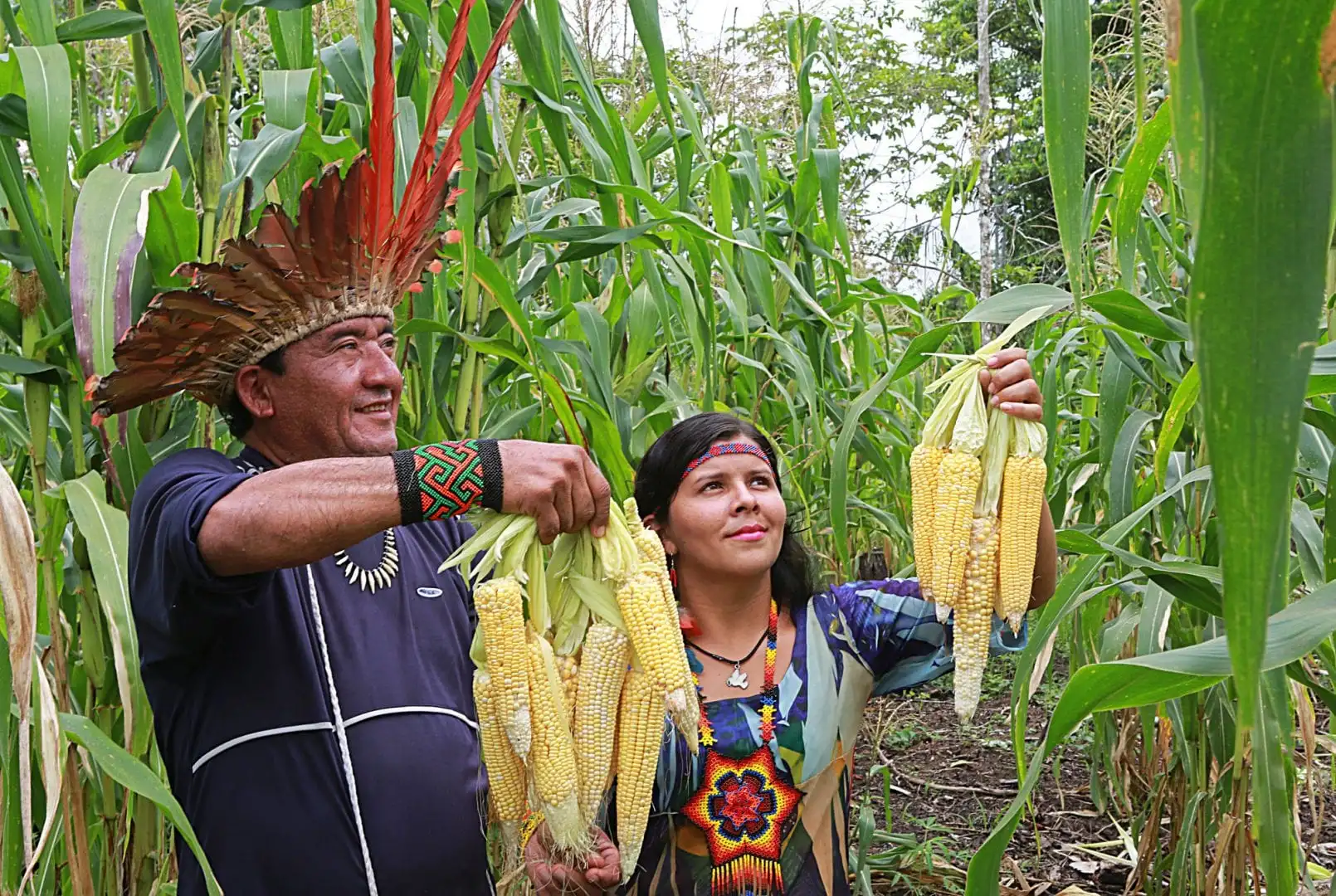
Another theory regarding the origin of hominy is the etymology of the word related to the Tupinambá dialect. The indigenous people inhabited the Brazilian region in the colonial period and already had several recipes based on corn.
Among the recipes, hominy is one of several indigenous dishes made from this ingredient, as corn predominantly originates from South American territory. Firstly, the term “acanjic” came from Tupi and changed over time, until the formation of the word we know today.
African
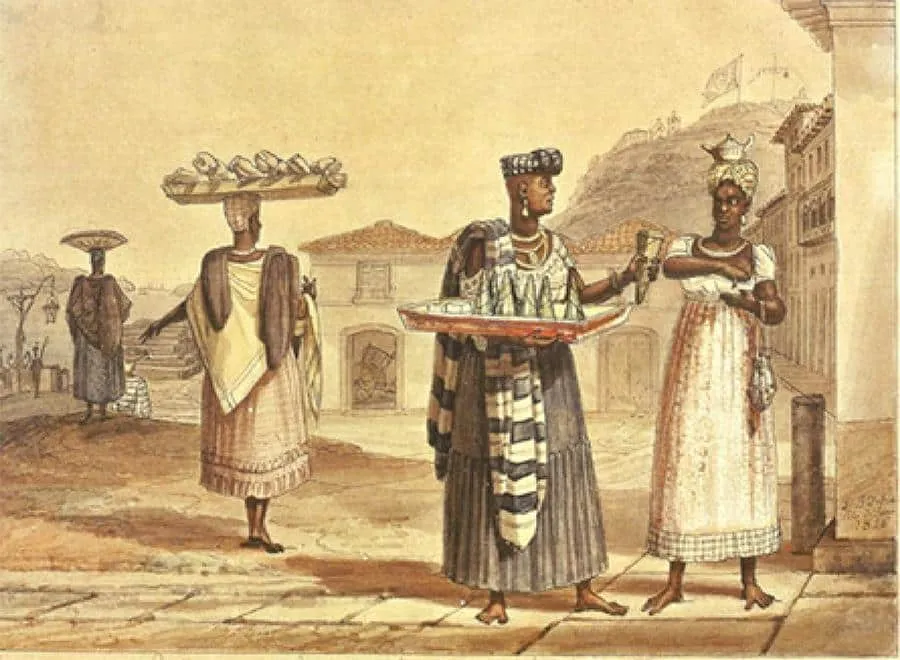
The most concrete of the concepts is the African origin of the word canjica, derived from the word “Kanzika”. The term is widely used in the Congo and Angola region.
Slaves, at first, brought this culinary culture to Brazil, and it was widely consumed in slave quarters.
Despite being part of the slaves’ banquet, hominy took its place on the nobles’ menu and was enhanced by new ingredients. Therefore, “kanzika”, or corn porridge, gained new delicacies such as cinnamon, cloves, coconut milk, giving rise to what we know today.
Other names for hominy
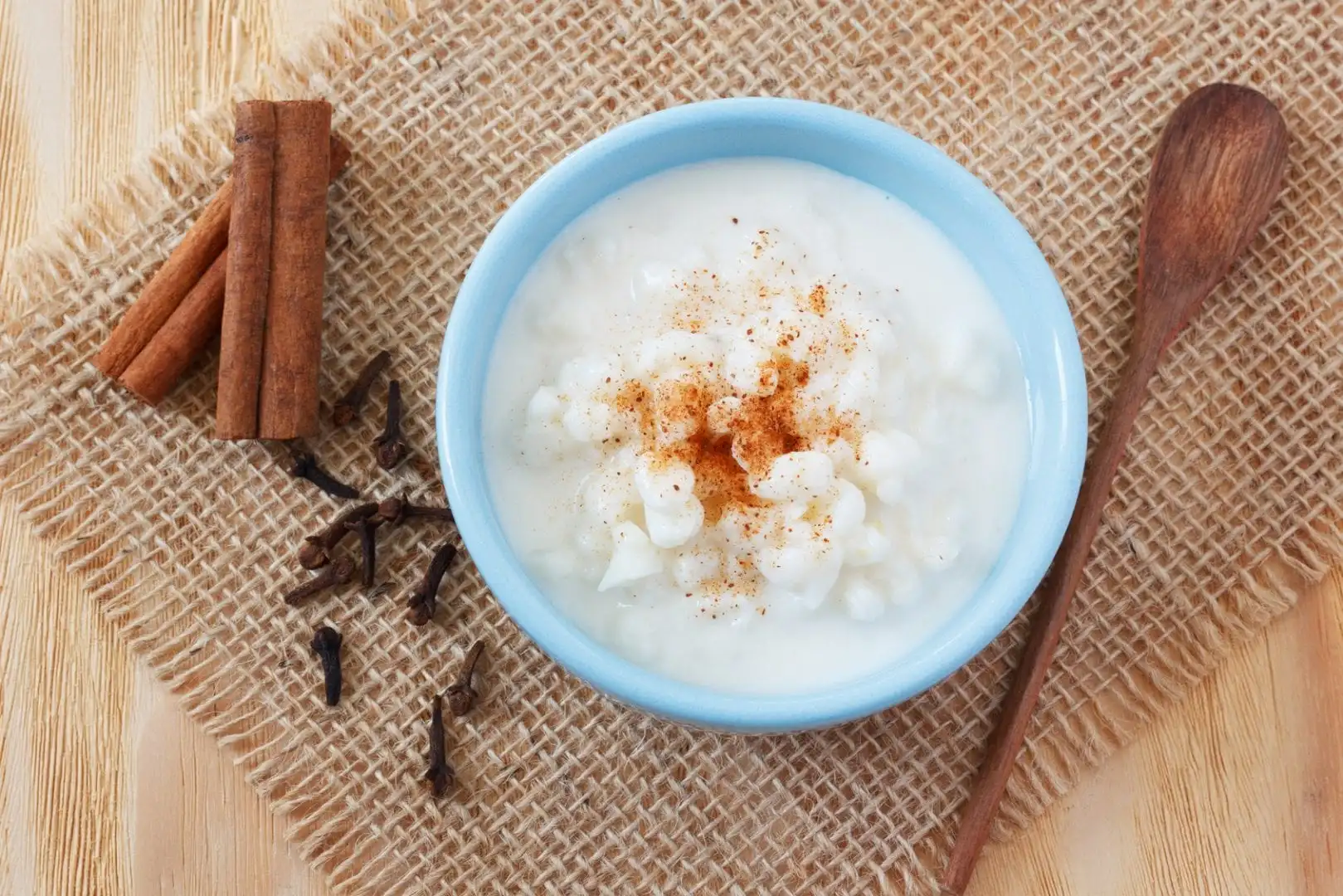
Brazil is a very large territory, therefore, it is home to a great diversity of cultures. There are places, for example, that use other words to name hominy. In the North and Northeast regions, for example, the dish is understood as porridge, and is called Mungunzá.
In the Southeast region of Brazil, the name for the dish made from cooked white corn is canjica. As it is also known in the Midwest.
The preparation is typical of celebrations of African-based religions. Normally, mungunzá, or mucunzá, is the word used by the people of Santo for food in votive rituals.
Revenues
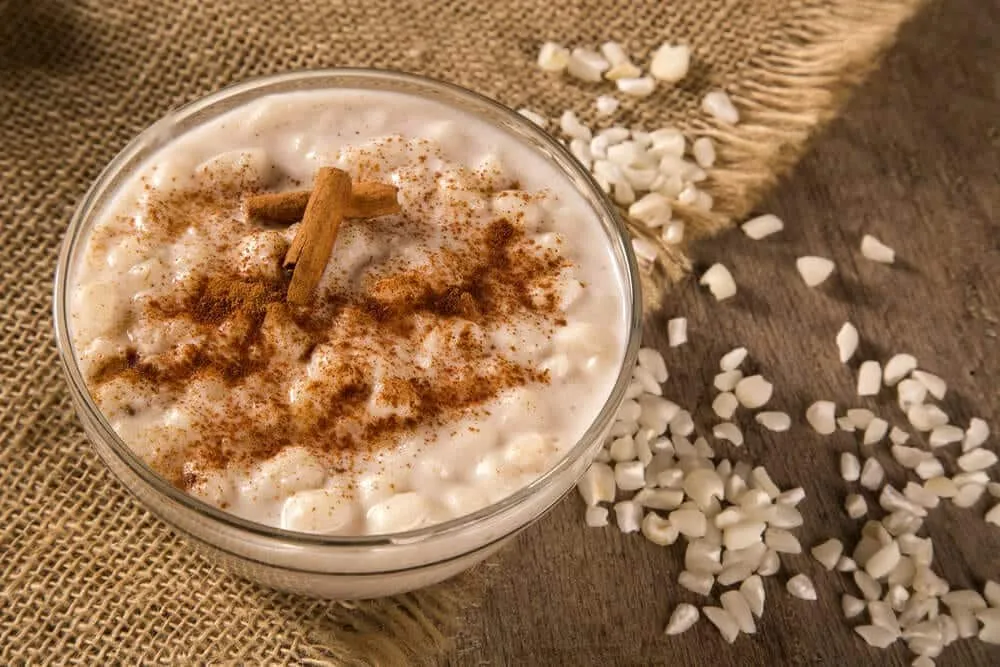
As we already mentioned, hominy went through several cultures and, above all, new ingredients were added. Therefore, we have diverse recipes for this dish. Therefore, among all the possible recipes, we have selected some of the best, both sweet and savory.
However, it is worth mentioning that the most traditional recipes are sweet and, as usual, contain peanuts in their recipes. So don’t despair if this isn’t your preferred version. There are still recipes for white hominy that do not contain this ingredient. After all, it is optional to include it or not.
Hominy with peanuts and dulce de leche
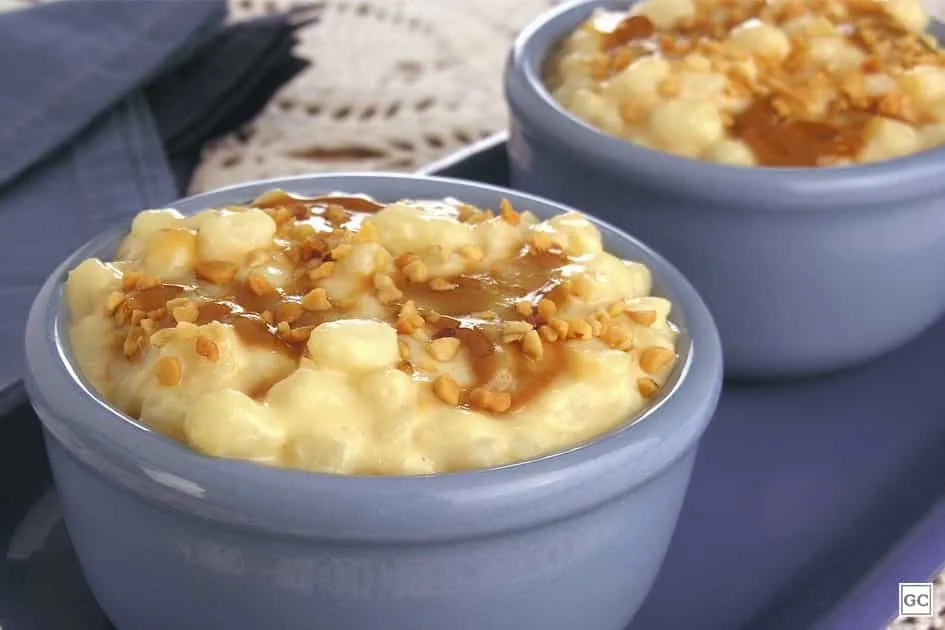
- 3 cups of corn for hominy
- 6 cups (tea) of water
- 2 cloves
- 1.5 liters of milk
- 1/2 cup (tea) sugar
- 1 can of condensed milk
- 1 cup of creamy dulce de leche
- 1/2 cup chopped roasted peanuts without shell
Preparation mode
At first, the corn must remain soaked in water for approximately 2 hours. After this time, just place the corn, with new water and cloves, in a pan and let it cook until the water evaporates.
Once the water has evaporated, mix well with hot cow’s milk, condensed milk, sugar and cook until it takes on a creamy texture and the grains are soft. Ready, serve and, finally, add the desired amount of dulce de leche and peanuts to each portion.
Hominy with simple peanuts
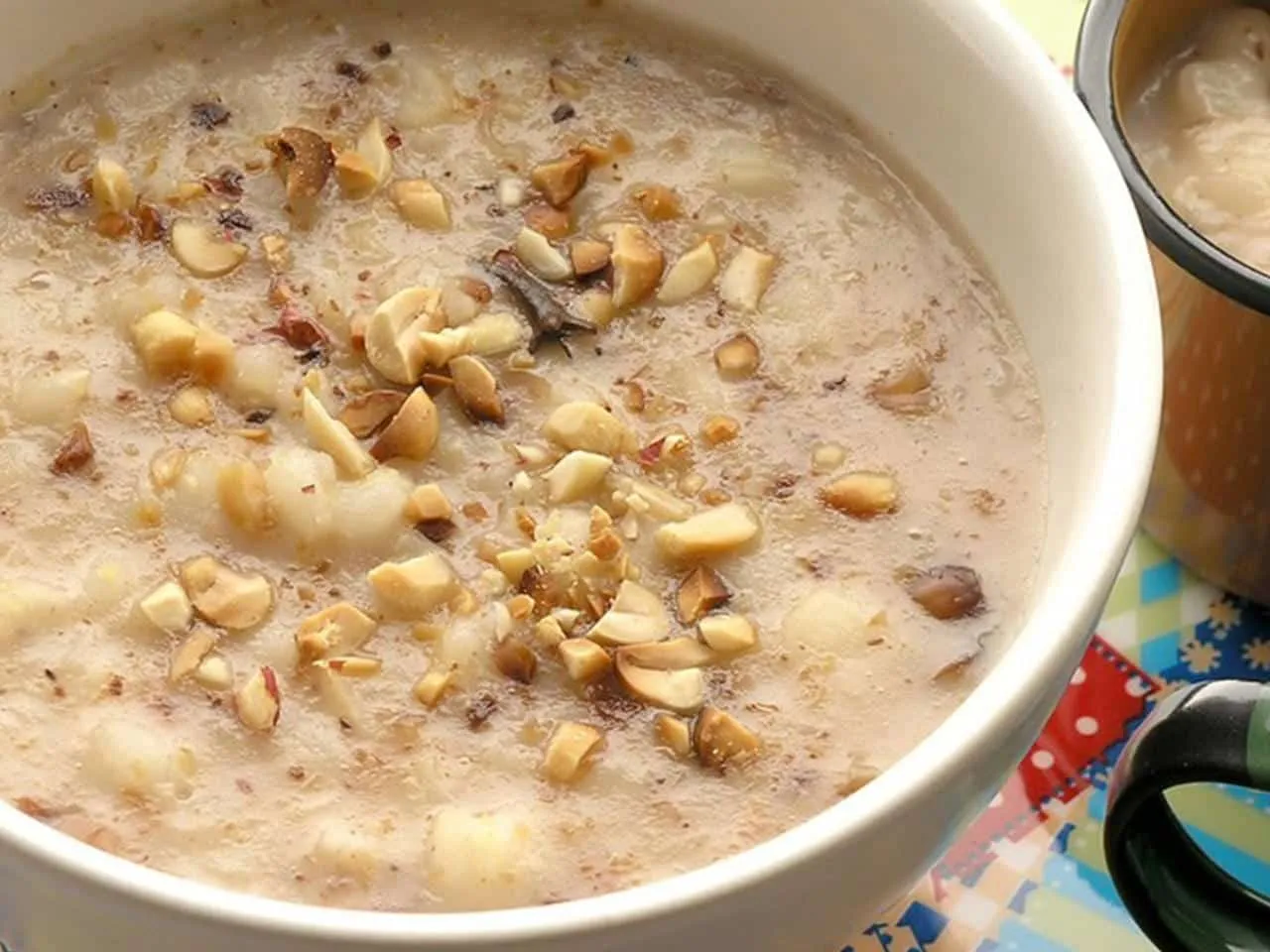
- 250 g corn for hominy
- 2 liters of water
- 1 can of condensed milk
- 1 glass of coconut milk
- 2 cups of regular milk
- 10 cloves from India
- 3 cinnamon sticks
- 250 g roasted and coarsely ground peanuts
- Cinnamon powder for sprinkling
Preparation mode
At first, always leave the hominy to soak, preferably overnight. Then, cook with water in a pressure cooker for 30 minutes, until it is very soft.
Then, pour it into another pan, add the milk, coconut milk and, if you want, cloves and cinnamon. Stir until it boils and add the condensed milk. Then, mix the peanuts and, finally, sprinkle the cinnamon into the separate potions.
Ribs with hominy
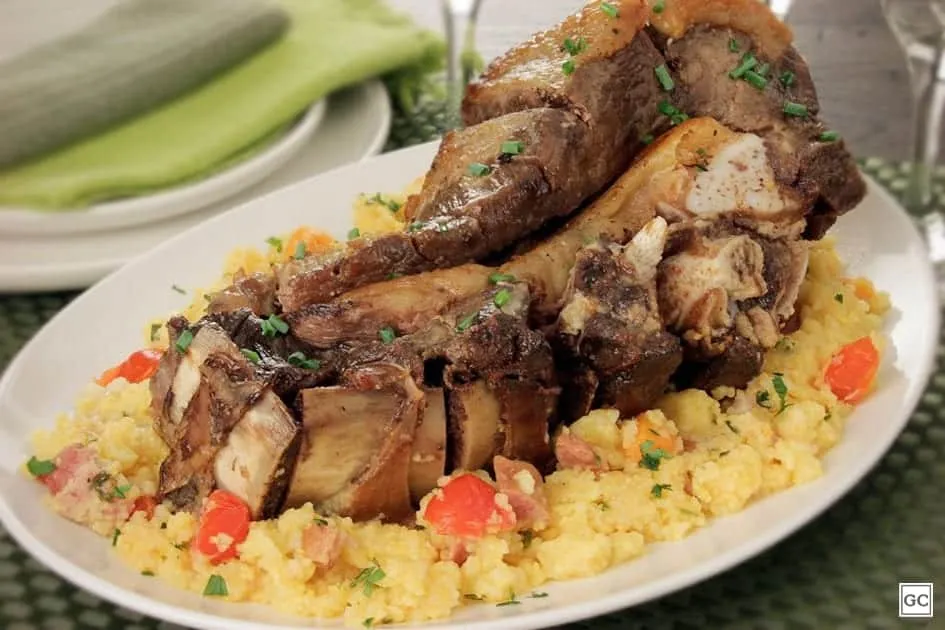
Seasonings for the rib
- 1 can of beer (350ml)
- 4 tablespoons of olive oil
- 1 sprig of chopped rosemary
- 1/2 cup chopped chives
- 4 cloves of garlic, chopped
- Salt and black pepper to taste
Hominy preparation
- 2 tablespoons of butter
- 1 slice of chopped pepperoni sausage
- 1 cup chopped bacon
- 1 clove of minced garlic
- 1 chopped onion
- 1 cube of vegetable broth
- 2 cups of hominy (tea)
- 8 cups (tea) of warm water
- 1 diced carrot
- 200g cherry tomatoes cut in half
- Salt and chopped parsley to taste
Preparation mode
Season the ribs with the ingredients above and keep them for 4 hours.
In a pressure cooker, sauté, especially with butter, the onion, garlic, bacon, Calabrian sausage, carrot and tomato. Finally, add the vegetable cubes, water, hominy and other ingredients and cover. After pressing, count 20 minutes and remove from heat.
Then, place the rib in a pan and bake for 1 hour. Finally, remove and add the contents of the pressure cooker into a mold.
Finally, for more recipes read 7 natural homemade dry cough syrup recipes
Sources: Informal dictionary, Tudo Gostoso, Brazilian Diabetes Society, Federal University of Sergipem, The big sweet tooth, Wagner’s Blog, Estudos Kids, Editora Europa, Terra,
Images: Chickpeas, Creative Menu, News, Scielo, Na Mira, Vovó Palmirinha, Kitchen Guide, Cooking, Taste of the Table, Kitchen Guide 2.


